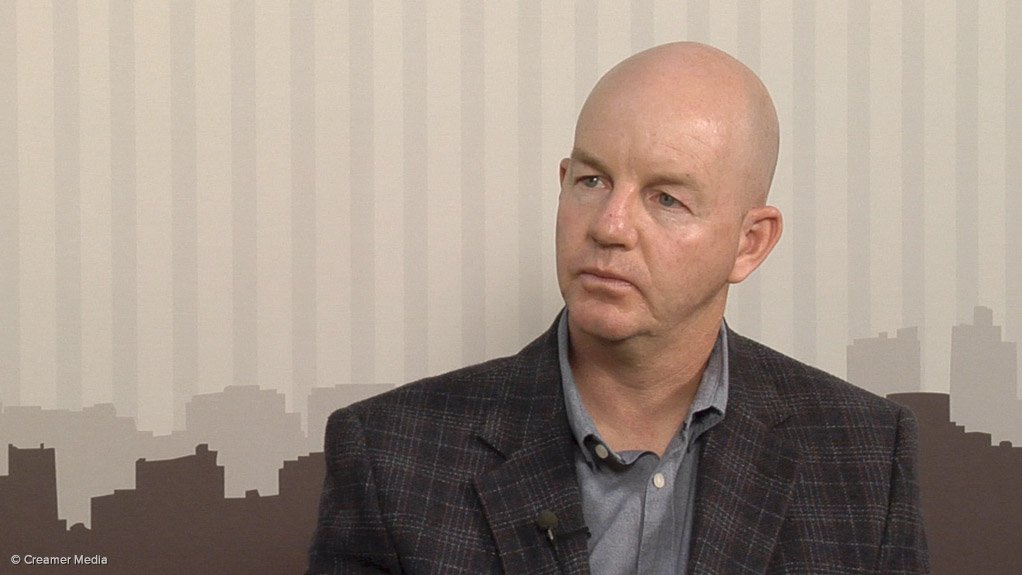Significant Growth Ahead for Africa’s Mining Sector in 2023
Things are looking up for the African mining sector even though it is still recovering from the post-pandemic slump. 2022 proved to be a turbulent year for the mining industry. However, the sector is primed for growth in 2023 on the back of several positive headwinds.
This according to Johann de Bruin, founder and CEO of Erudite, an engineering, procurement, and construction management (EPCM) company with operations across Africa.
“The mining industry has seen its fair share of incredible highs and lows over the past decade, 2022 being no exception. South Africa faced prolonged strikes early in 2022, as well as continued energy woes, higher than usual rainfall, global supply chain disruptions, and a volatile commodities market.

Read also : We must produce every single barrel of Oil and Gas in Africa – Energy Experts
For some time, the world has realised that the only way that we could hand over this planet in a sustainable state to the next generation would be to ween us off our carbon fuel dependency. We knew that the change would be explosive, we just did not know when it would all start to happen, but it has. The focus of investors and explorers alike has shifted to battery related commodities. The interest in commodities such as graphite, lithium, nickel, cobalt, to name just a few has re-energized the mining sector across the continent,” says de Bruin.
De Bruin believes that exciting times lay ahead, offering four predictions for the mining sector in 2023:
Exchange rate slump
The rand was 8.47% weaker year-on-year against the US dollar in December 2022. De Bruin notes that it seems likely that the ZAR/USD exchange rate will stabilise around current values over the next two years.
“While a weaker rand is less than ideal for the average consumer, it is beneficial for exporters. Local goods and commodities become less expensive for our international trading partners to acquire in comparison to competing markets, while the rand value for exporters is higher, which means that producers receive more for the same goods.”
The depth of South African mining skills and expertise remains in high regard with global investors, yielding substantial opportunity for local companies.
Supply chain recovery
As the world enters the final recovery stage from the post-pandemic slump, and countries adjust to and find workarounds for disruptions caused by the war in the Ukraine and the lingering tail of Covid-19 in the East, de Bruin adds that most all of the supply chain issues plaguing the industry will largely continue through 2023. However, the past two years have taught us much in terms of alternative solutions and forced us to challenge the unconventional. This has placed us in an ideal position to add value to the wave of new projects in the local industry.
“South Africa, especially, has the opportunity to redefine its trading relationships in the coming year, finding partners with the ability to better supply us with essential products.”
A surge in new projects
As other issues are resolved globally, de Bruin believes that there will be a pronounced increase in industry investment for the exploration for new mineral deposits, the founding of new mining operations, and expansion of existing mines in the battery commodity market.
Read also : Six Defining Trends Of 2022 That Will Continue To Impact Your Business in 2023
“The broader continent of Africa especially, has immense potential to quickly grow into a significant player in this market. Demand for electric vehicles and other electronic devices is expected to see a sharp increase in the next few years, and many African nations with large deposits of key battery commodities have the potential to dominate this space.”
International opportunities
Extractive industries, de Bruin notes, are driving the global post-Covid economic resurgence, regularly revealing new opportunities in the market.
Additionally, as the war in Ukraine seems set to further fuel global shortages of many commodities in 2023, Africa and South Africa, particularly, are poised to help resolve growing global demand issues.
“As an example, China’s severe congestion issues at industrial ports may reach the point of collapse in the coming year. The global reliance on Chinese exports is being tested, with most countries looking for alternative suppliers.”
As China is the sixth largest commodities producer in the world, de Bruin believes that Africa has the potential to gain market share if China’s issues continue.
As for Erudite, de Bruin states that the company is primed to help new and developing mining operations expand and become competitive on the international stage.
“We have been quietly building up capacity and specialised capabilities this year and are ready to increase our impact on the industry in 2023. We have attracted some of the top technical talent available, which places our engineering and project delivery competencies at a level where we’re able to confidently compete with any of the other multinationals with offices in South Africa.
Read also : African Stream Launched to Re-Shape the Narrative by Telling African Stories through African Voices
“Additionally, we were recently awarded a large EPCM contract for a project in Limpopo, and nearly all of our existing projects across the continent have secondary phases in development.”
Kelechi Deca

Kelechi Deca has over two decades of media experience, he has traveled to over 77 countries reporting on multilateral development institutions, international business, trade, travels, culture, and diplomacy. He is also a petrol head with in-depth knowledge of automobiles and the auto industry



